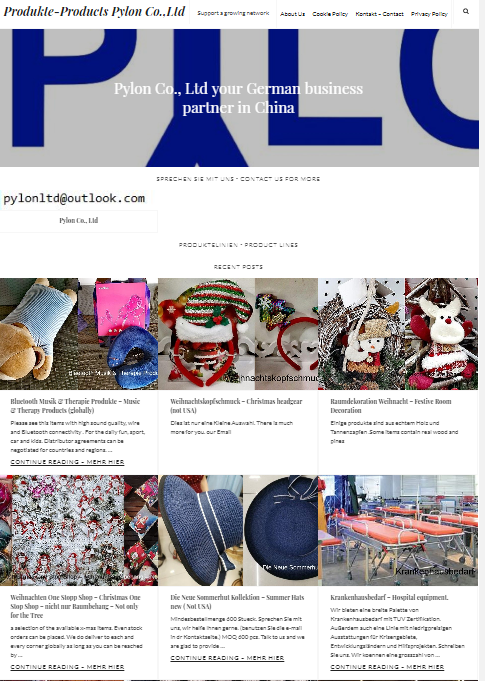Ningbo's GDP registers 7.1% growth in H1
- Details
- Category: Governmental News
- Published: Tuesday, 24 July 2012 16:05
In the first half of this year, the gross domestic product (GDP) of Ningbo hit 296.75 billion yuan, a year-on-year increase of 7.1 percent calculating at comparable prices, said Tang Bosheng, spokesman of the Municipal Bureau of Statistics, in a press conference held by the Municipal Government Information Office last Friday.
Tang added that the GDP growth rate picked up 0.1 percentage points over the first quarter. It means the city's economy is beginning to show signs of stabilization, which is manifested by a slight rebound in industrial production, a month-on-month rise of fixed asset investment, and the steady growth of the urban and rural incomes.
In the first half of this year, the added value of city's large industries climbed to 100.72 billion yuan, a year-on-year growth of 1.5 percent calculating at comparable prices, which means the growth rate is 0.2 percentage points higher over the first five months. The new product output of large industries totaled 106.72 billion yuan, a year-on-year increase of 4.8 percent. Meanwhile, the industrial enterprises have shifted their sales strategy to the domestic market. In the first half year, the domestic sales of large industries hit 423.42 billion yuan, down 0.9 percent year-on-year. Over the same period, export registered a decline of 9.6 percent while the proportion of domestic sales increased to 78.2 percent.
Meanwhile, the fixed-asset investment continued its growth momentum in the first half of this year and further provided a boost to the city's economy. In the first half year, the city's fixed asset investment reached 144.89 billion yuan, a year-on-year increase of 33.6 percent. The growth rate is 13.5 percentage points higher than the same period last year. The city's non-public fixed asset investment rose 31 percent to 69.1 billion yuan in the first half year. The growth rate recorded 11.2 percent over the first quarter. With the city's effort to boost real economy, industrial investment in the first half year rose 38.3 percent year-on-year to 40.55 billion yuan. The growth rate recorded 33.7 percentage points higher over the same period last year. Investment in infrastructure increased 29.9 percent to 41.42 billion yuan in the first half year.
Besides, the service sector has continued to remain the driving force for the city's economy. In the first half year, the added value of the tertiary industry, or the third industry, totaled 127.26 billion yuan, representing a year-o-year increase of 8.5 percent. The growth rate is 1 percentage point over the first quarter, outnumbering agriculture and industry sectors. The consumer goods market remained slow but stable. The sales of rural consumer goods market increased 15.6 percent to 16.36 billion yuan, reflecting a faster growth than urban markets.
The residents' income growth has outpaced the GDP growth. The first half year, the city's per capita income of urban residents stood at 20,595 yuan, a year-on-year increase of 11.1 percent. Allowing for inflation, the per capita income of urban residents increased by 8.9 percent in real terms. The reason was due to the impacts of minimum wage and the rise of the salary threshold for personal income tax. In the first half year, the per capita wage income reached 14,048 yuan, up 14.0 percent year-on-year, contributing 76.5 percent to the total revenue growth rate.








